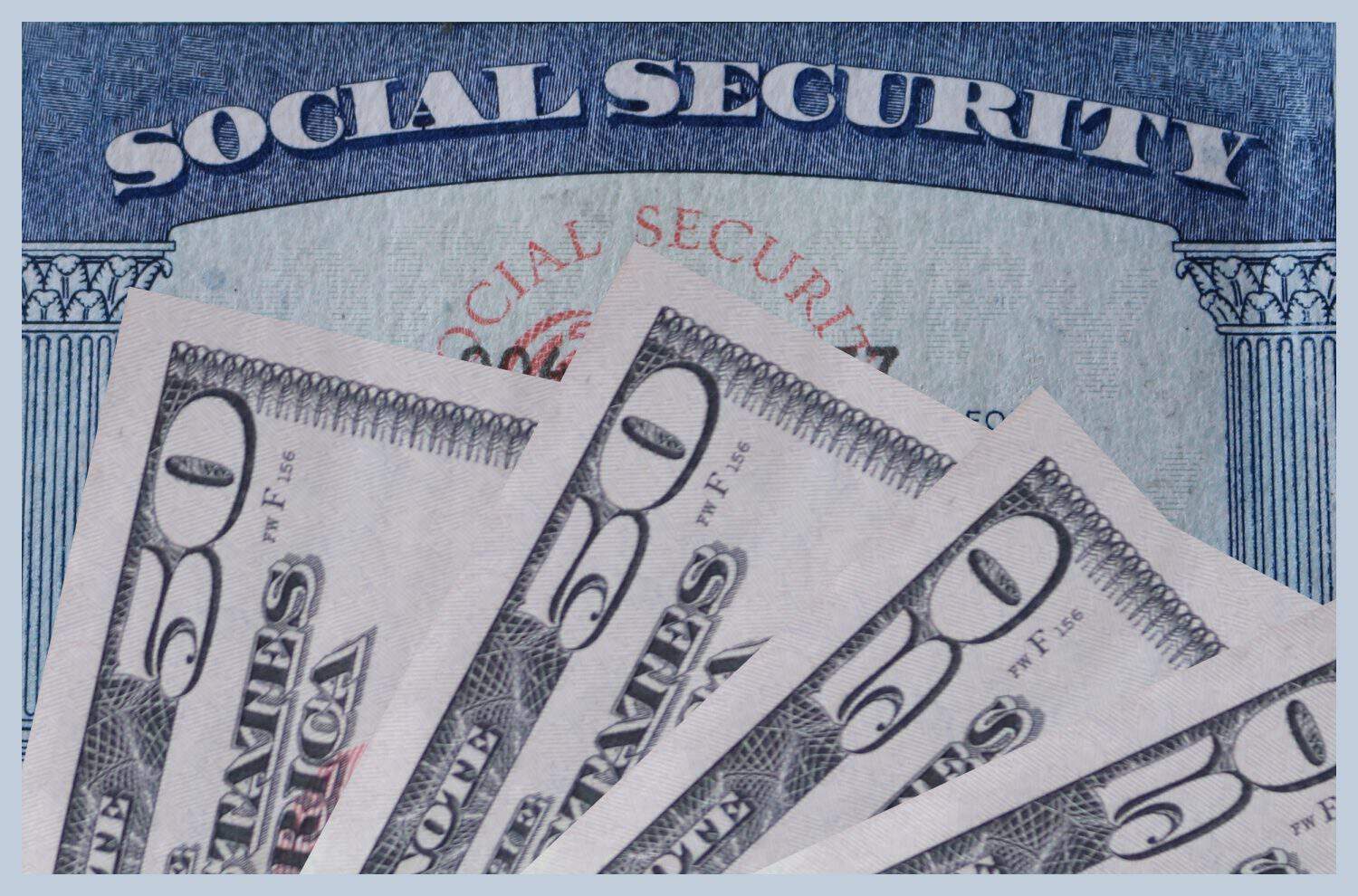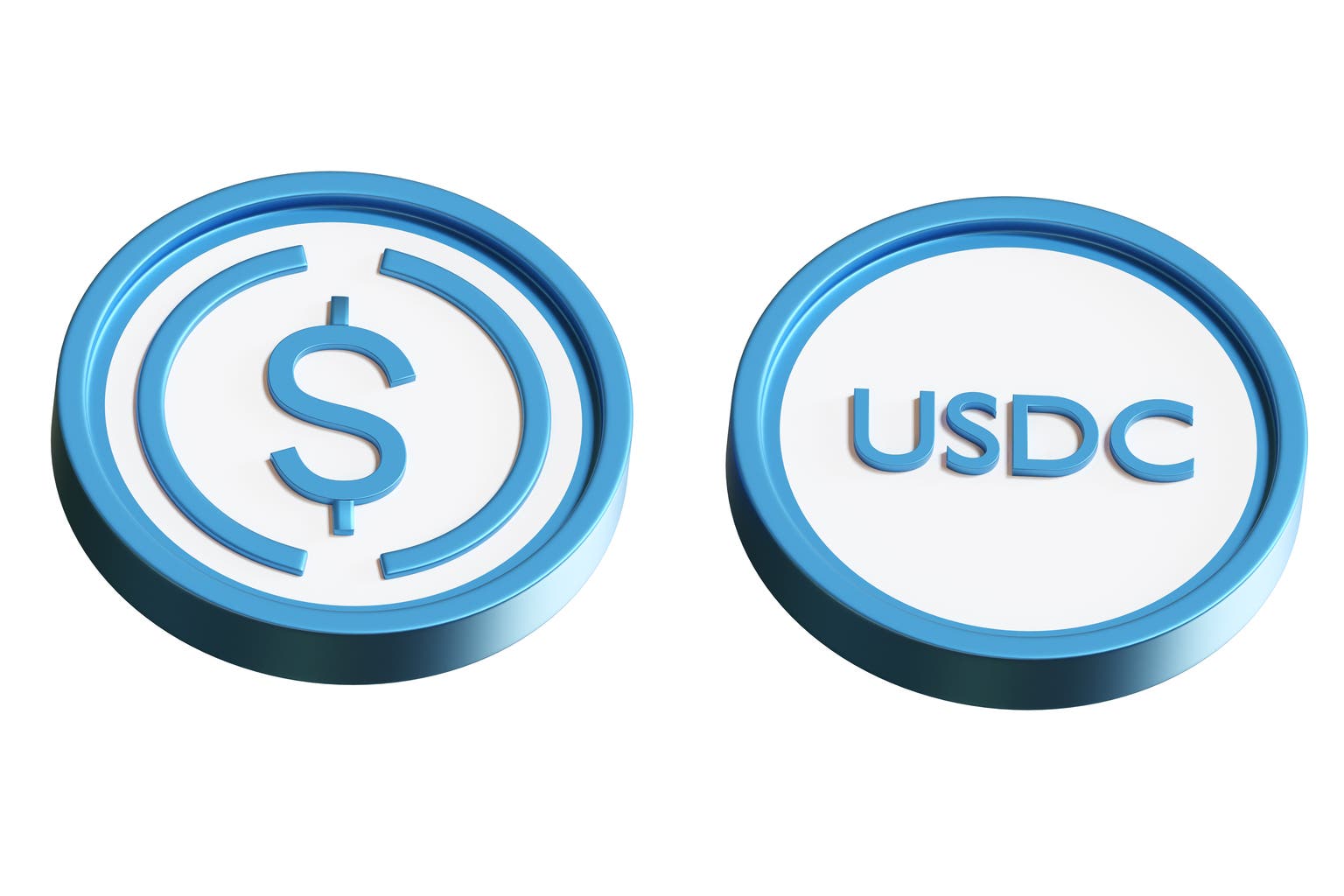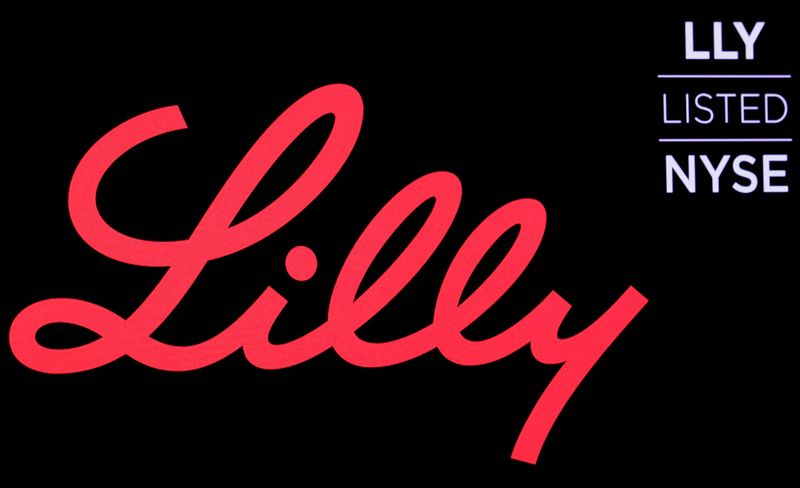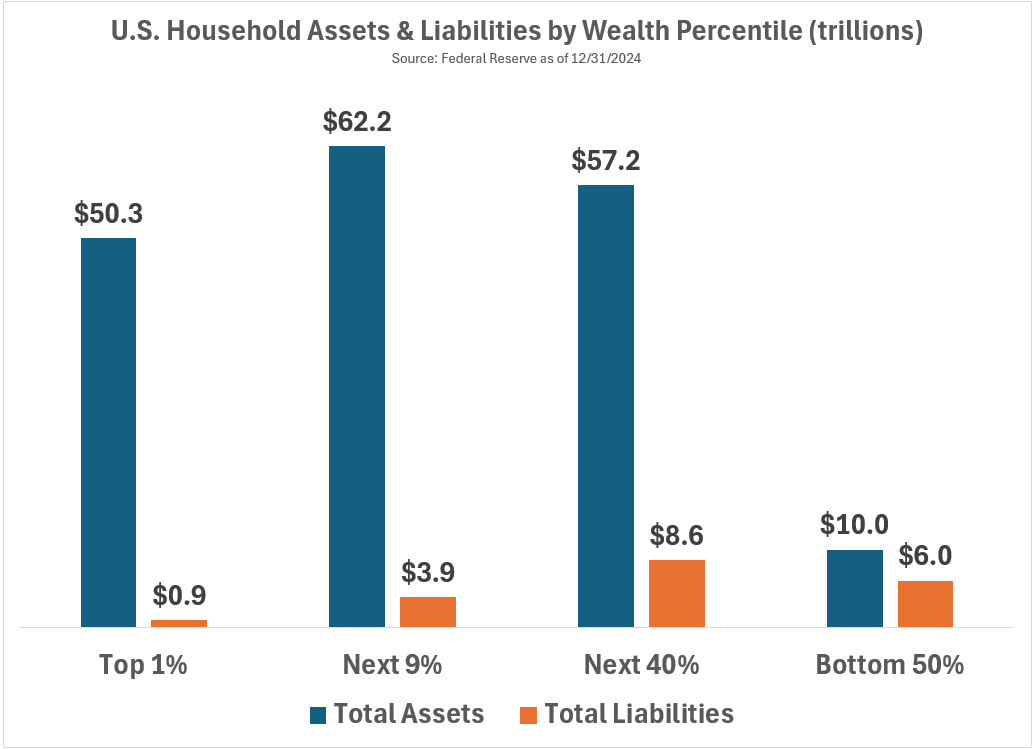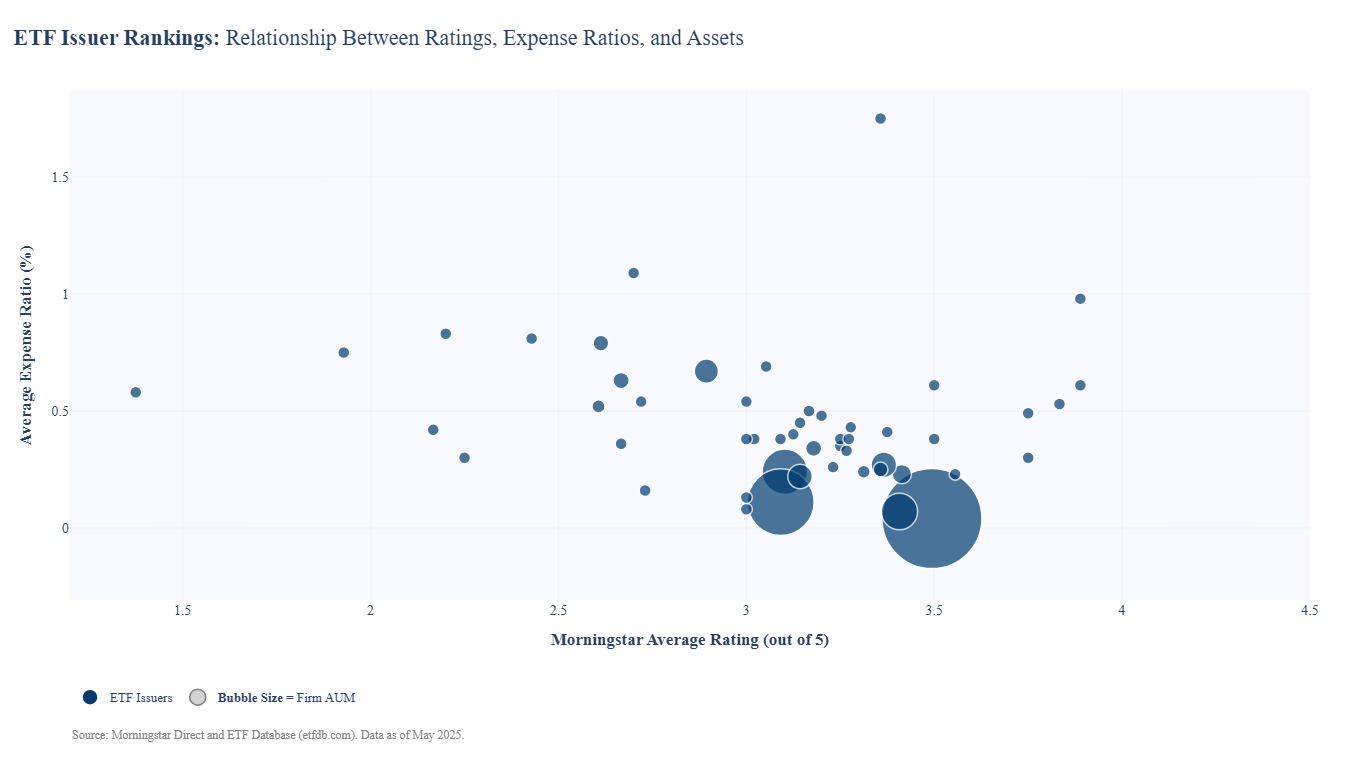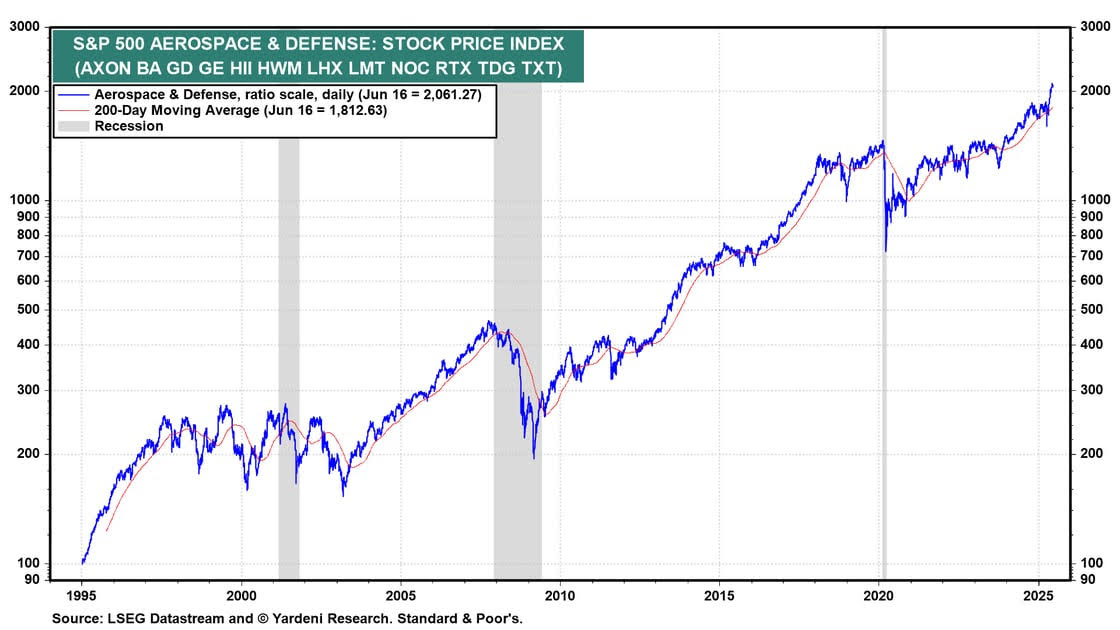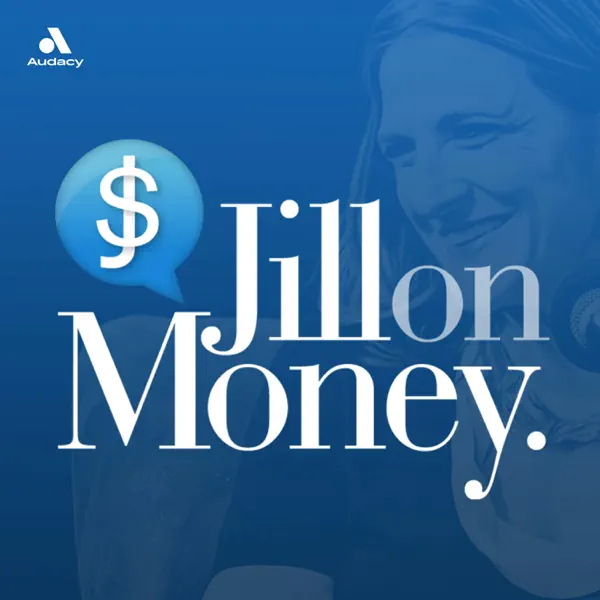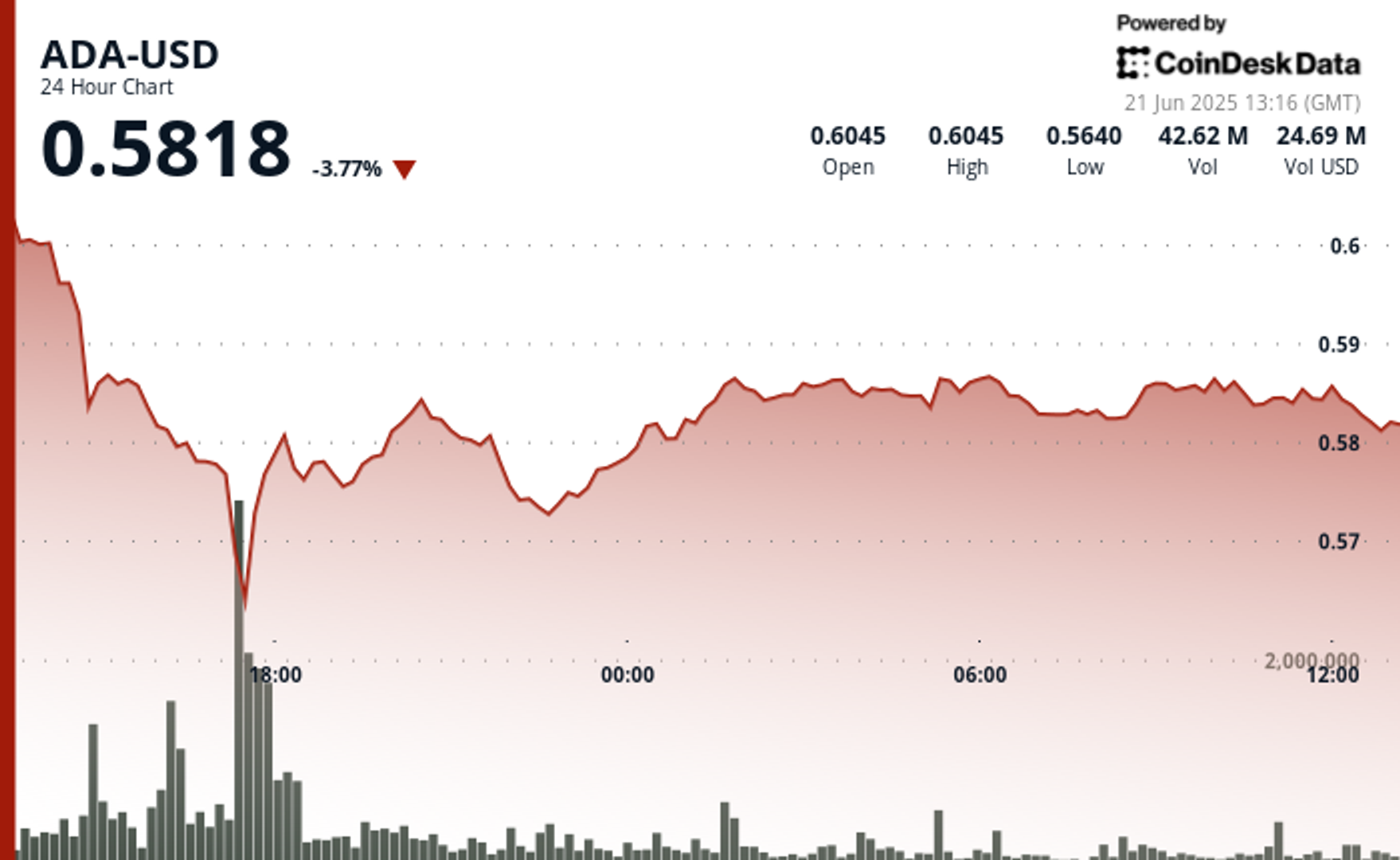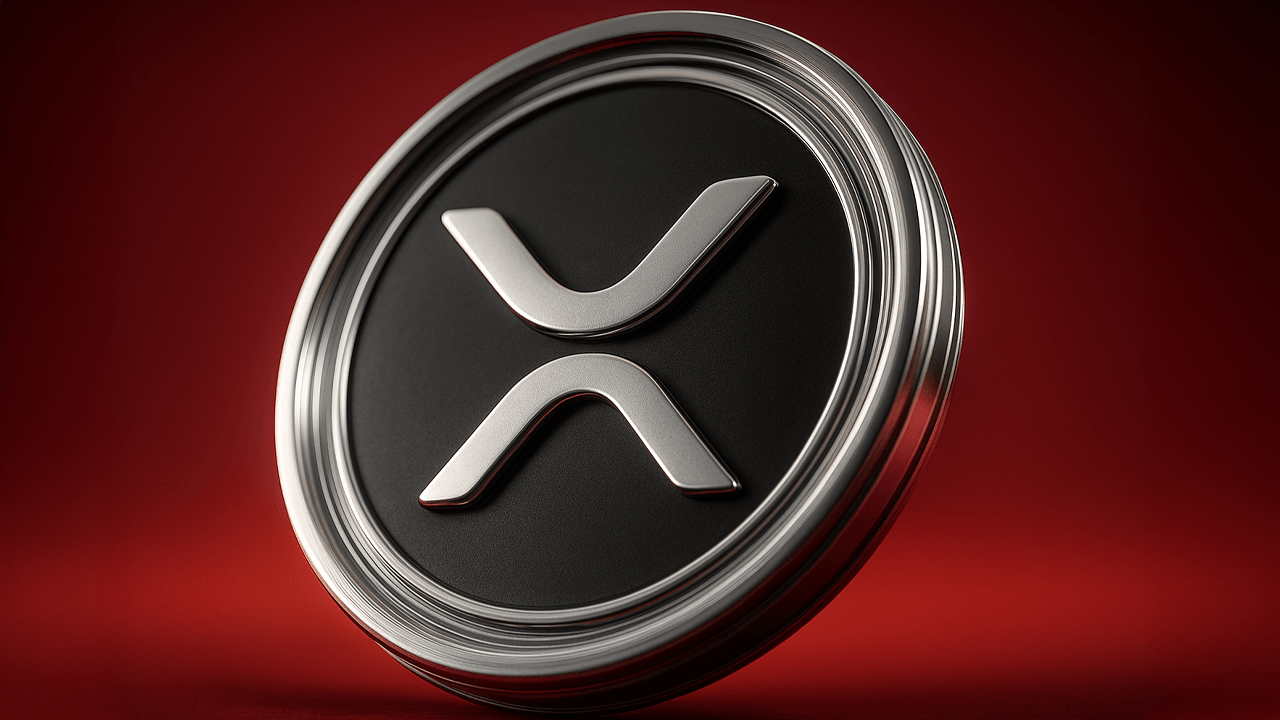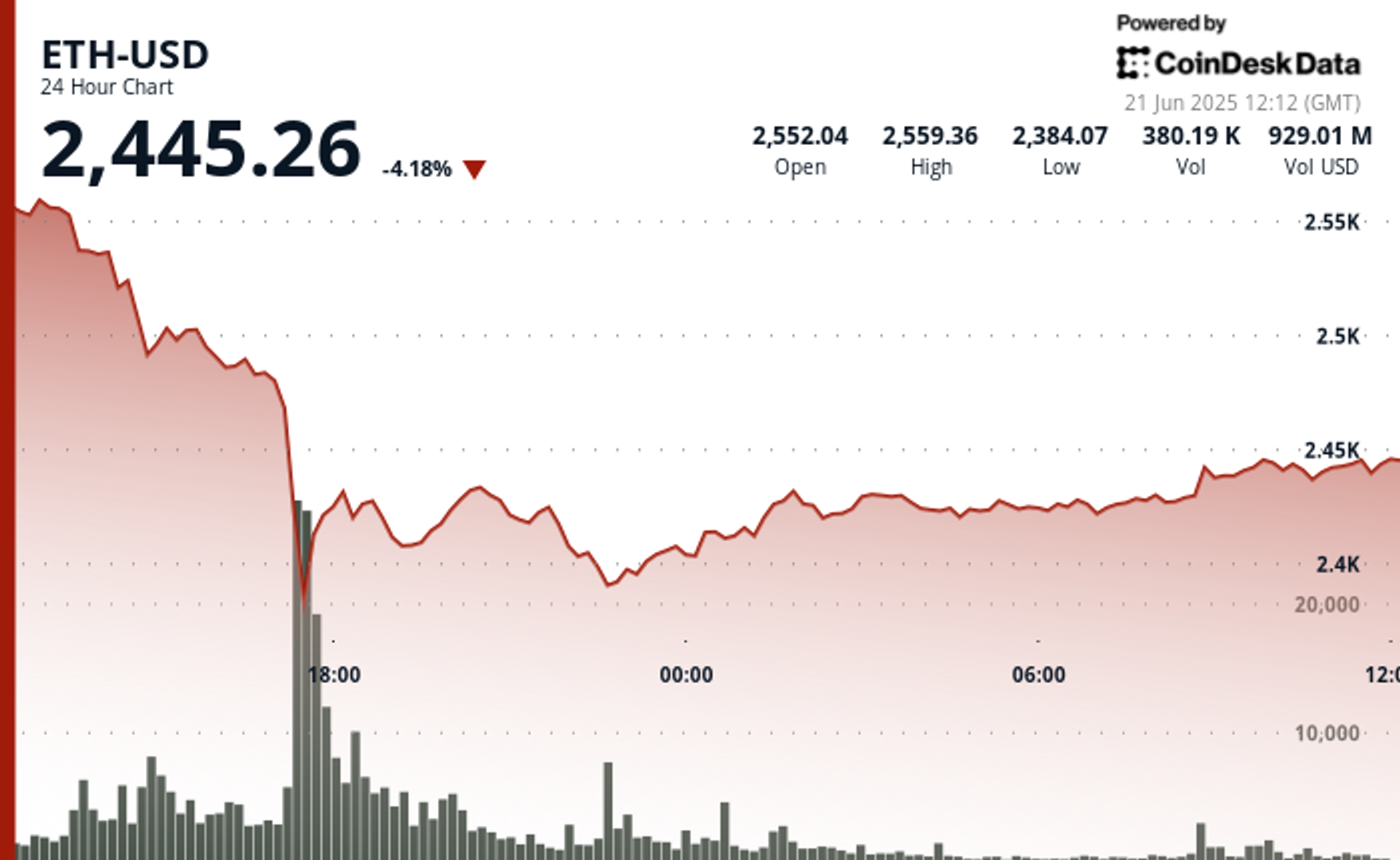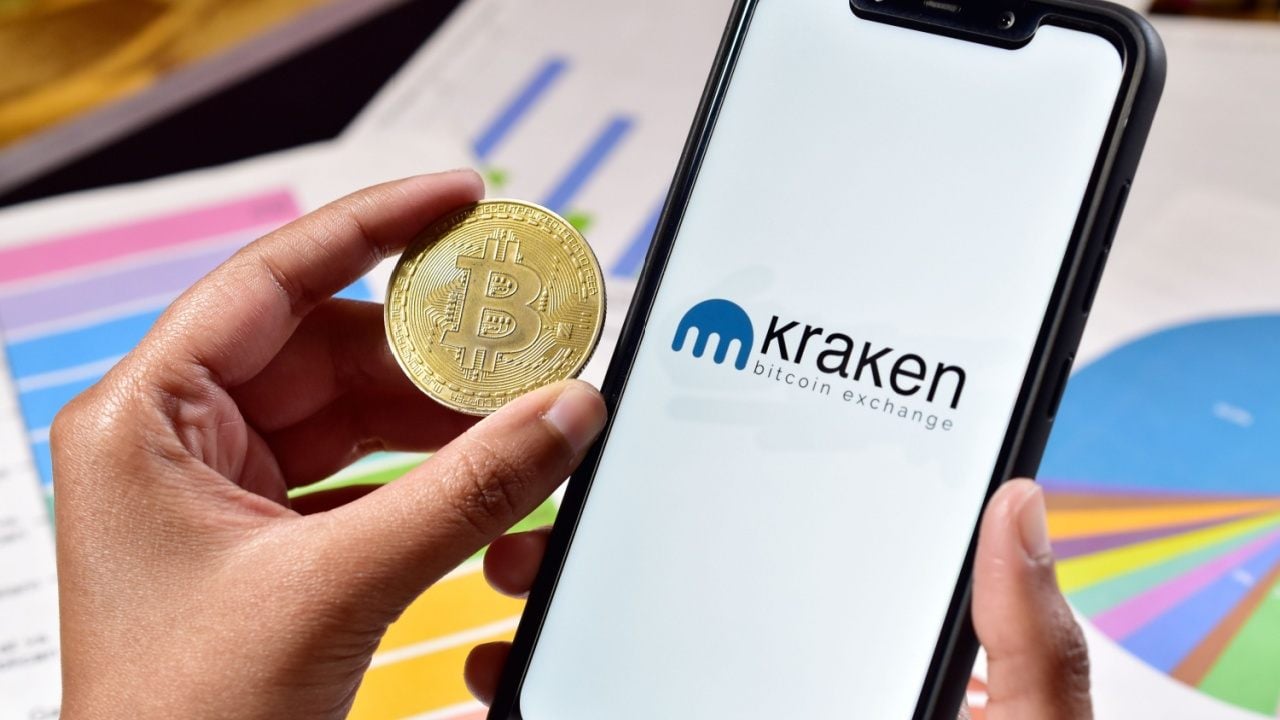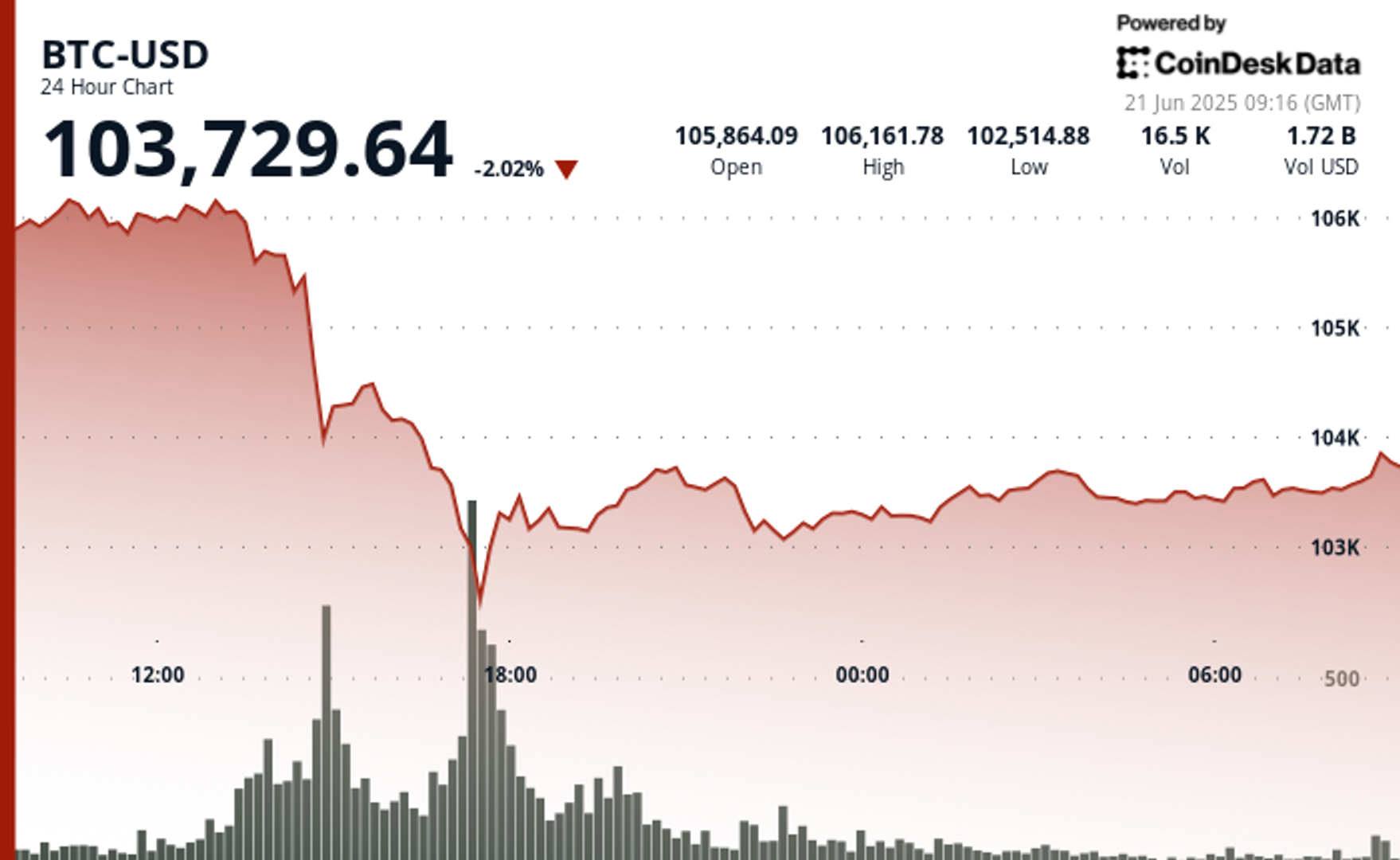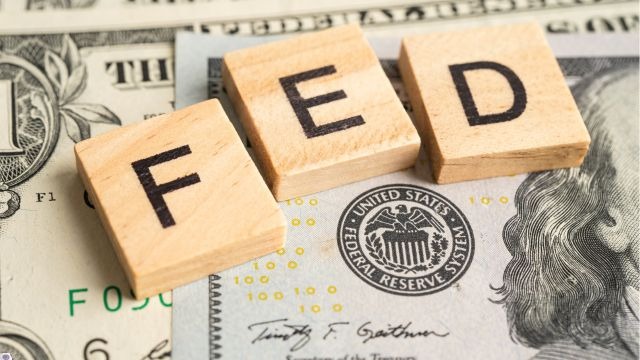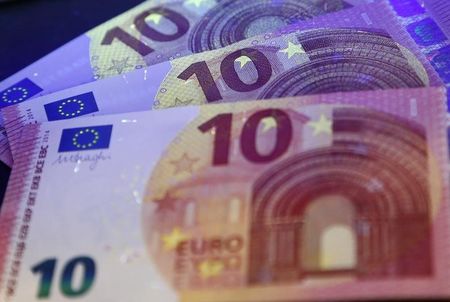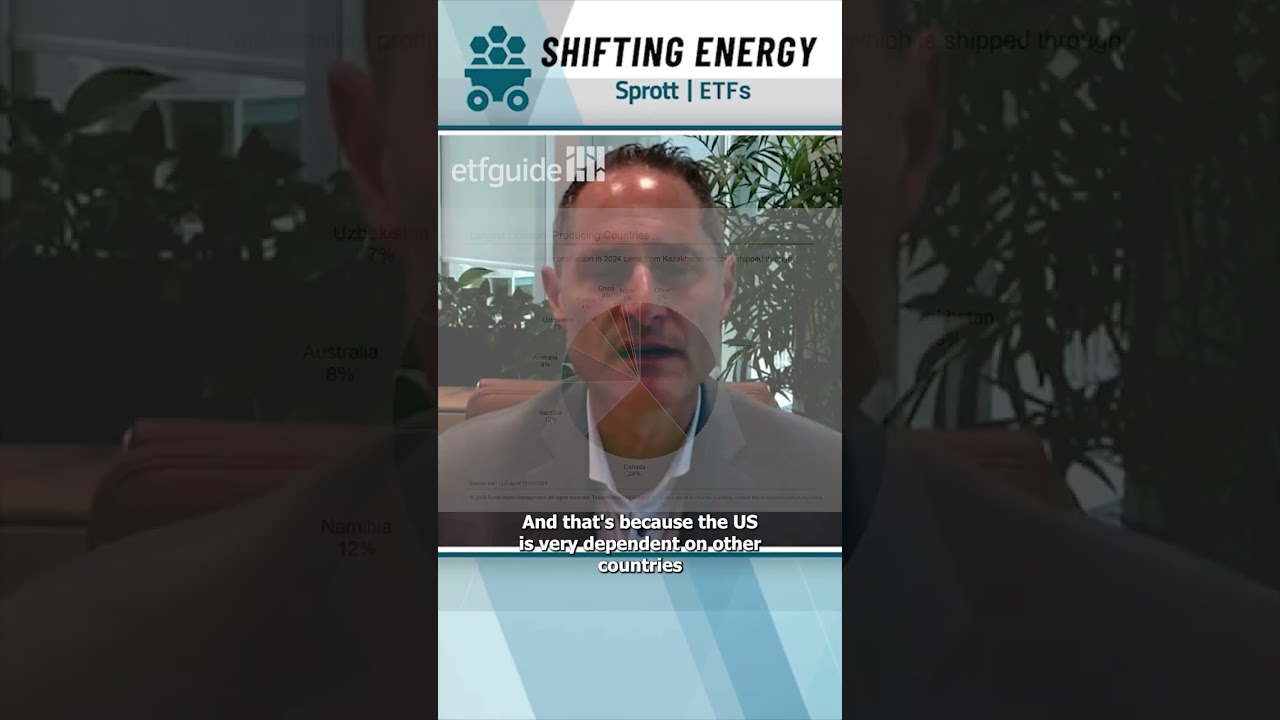Baby Boomers: 3 Vanguard ETFs for Passive Income and Growth in Your Golden Years
If you’re thinking of retirement, nearing retirement, or you’re already there, one of the last things you want to worry about is money. So, why not have your money make you money? One of the best ways to do that is by investing in passive income and growth, which we can do with Vanguard ETFs […] The post Baby Boomers: 3 Vanguard ETFs for Passive Income and Growth in Your Golden Years appeared first on 24/7 Wall St..

Key Points
-
If you’re thinking of retirement, nearing retirement, or you’re already there, one of the last things you want to worry about is money. So, why not have your money make you money?
-
Not only do these ETFs off a good deal of diversification, but they can also help lower your overall risk compared to investing in an average security.
-
Are you ahead, or behind on retirement? SmartAsset’s free tool can match you with a financial advisor in minutes to help you answer that today. Each advisor has been carefully vetted, and must act in your best interests. Don’t waste another minute; get started by clicking here.(Sponsor)
If you’re thinking of retirement, nearing retirement, or you’re already there, one of the last things you want to worry about is money.
So, why not have your money make you money?
One of the best ways to do that is by investing in passive income and growth, which we can do with Vanguard ETFs (exchange-traded funds).
Not only do these ETFs offer a good deal of diversification, but they can also help lower your overall risk compared to investing in an average security. Plus, there are quite a few income-generating ETFs that’ll help in retirement, too.
In fact, here are three you may want to consider.

Vanguard International High Dividend Yield Fund ETF
With an expense ratio of 0.17% and a quarterly dividend, the Vanguard International High Dividend Yield Index Fund ETF (NASDAQ: VYMI) offers exposure to international stocks with above-average dividend yields. Some of its 1,636 holdings include Nestle, Novartis, Roche Holding, Toyota Motor, and Shell, to name a few.
The ETF also just paid a quarterly dividend of $1.0762 on June 24.
With this ETF, dividends are paid by these stocks and are passed through to shareholders. Now, because the dividends come from 1,636 stocks, all of which have different payout schedules, the payment amounts can vary quarter over quarter.
However, based on the last few payouts, the ETF has a yield of just over 4%.
That’s not too bad at all, considering you’d earn far less than that from an average savings account. Plus, all you have to do is invest and collect.
Since going public in 2016 at around $36.50, the ETF is now up to $79.63. Most recently, after a recent pullback to $65 in April, the ETF has recovered all lost ground.
Vanguard Energy Index Fund ETF
With an expense ratio of 0.09% and a quarterly dividend, the Vanguard Energy Index Fund ETF (NYSEARCA: VDE) tracks the returns of energy sector stocks. The ETF holds about 112 holdings with $8.1 billion in assets as of the end of May.
It also has an average yield of about 3.7%.
About 22.5% of the VDE ETF portfolio is Exxon Mobil, which has been rebounding nicely, generates strong returns, and returns a good deal of capital to shareholders. Other top holdings include Chevron, ConocoPhillips, Williams Cos., and EOG Resources.
It also just paid out a dividend of $0.9487 on March 27 to shareholders of record as of March 25. Its next payout should be out in just a few weeks.
We also have to consider that energy prices have significant upside potential, especially with oil prices gushing higher with the Israel-Iran flare-up.
Plus, remember that President Trump is pro-energy.
As pointed out by 247WallSt.com contributor Joey Frenette:
“Perhaps the most exciting catalyst for big energy is President Trump’s strong stance on oil and gas. As the Trump administration removes regulatory roadblocks from big energy producers while hitting the pause button on various offshore wind projects, perhaps the “drill, baby, drill” mindset could be the spark that helps nudge towards a breakout moment of sorts.”
All of which is another positive for energy and the VDE ETF.
Also, since going public in October 2004, the VDE ETF has run from $30.52 to $124.42 so far. From here, we’d like to see it rally to $150 near-term. Plus, while we wait, we can collect its yield.
Vanguard Dividend Appreciation ETF
With an expense ratio of 0.05% and a quarterly dividend, the Vanguard Dividend Appreciation ETF (NYSEARCA: VIG) tracks the performance of the S&P U.S. Dividend Growers Index.
In addition, the VIG ETF has just over $102.4 billion in assets under management, a well-diversified portfolio of 339 stocks, and offers a low-cost, resilient, growth-oriented option for smart investors.
Some of its 339 holdings include Broadcom, Microsoft, JPMorgan, Apple, Visa, Eli Lilly, and Exxon Mobil, to name just a few. Making the VIG ETF even more attractive, it yields about 1.7% and just paid out a dividend of $0.9377 on March 27.
Its next dividend should be out by July.
Also, since going public in April 2006, the VIG ETF has run from $34.57 to a current price of $199.14. From here, we’d like to see it rally to $210 initially.
While we wait for that to happen, we can at least collect its quarterly dividend.
In addition, as noted by 247WallSt.com contributor Rich Duprey, “The Vanguard Dividend Appreciation ETF’s 1.75% 12-month trailing dividend yield may seem modest, but its strength lies in dividend growth, averaging 10.7% annually over the past five years. This compounding effect, when reinvested, drives significant long-term returns, appealing to total return investors.”
The post Baby Boomers: 3 Vanguard ETFs for Passive Income and Growth in Your Golden Years appeared first on 24/7 Wall St..






































